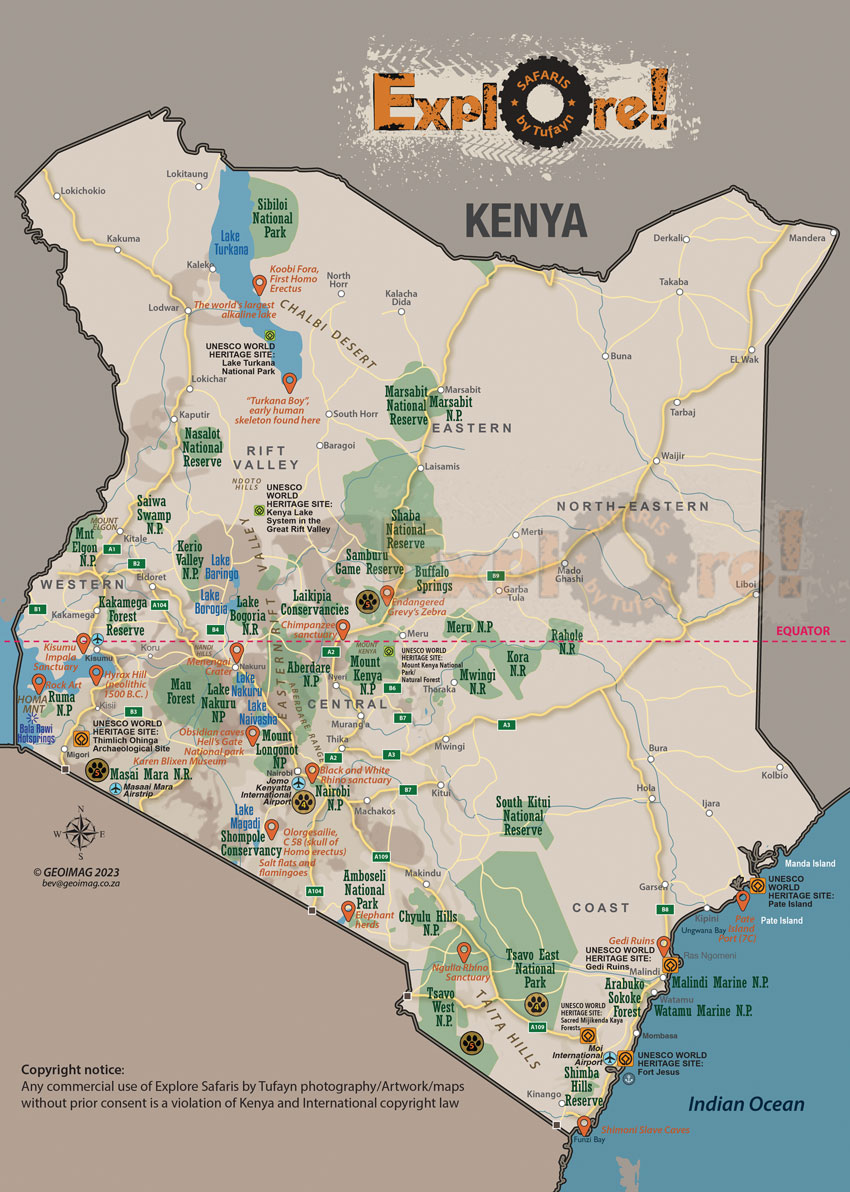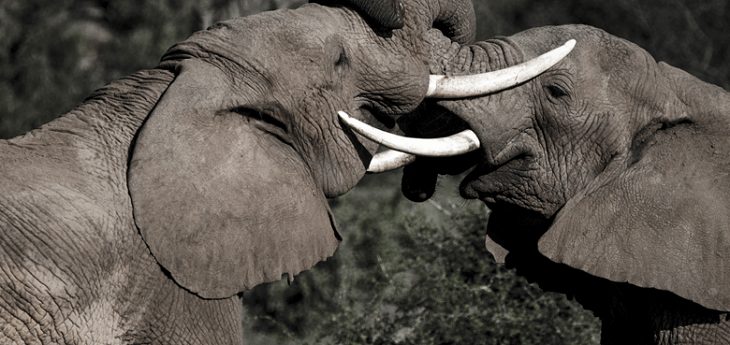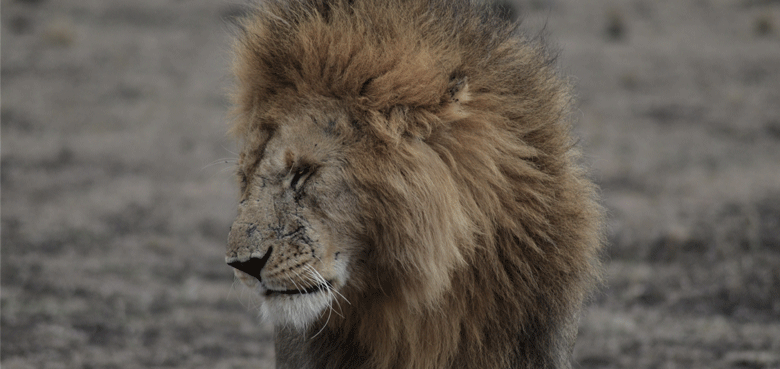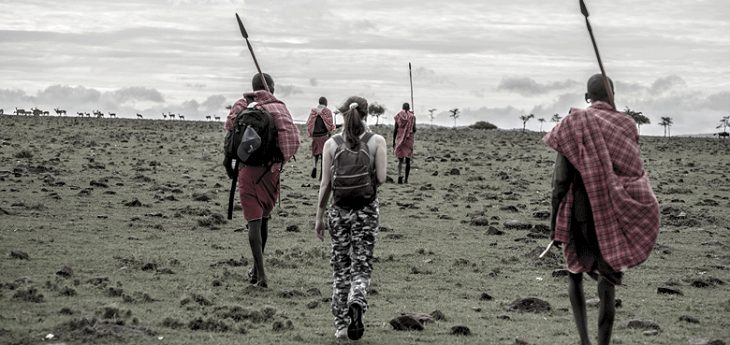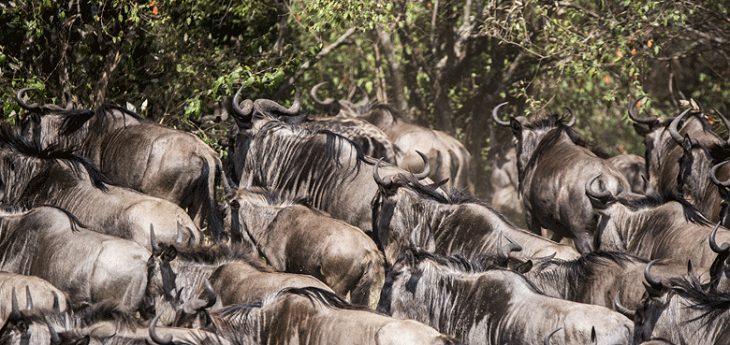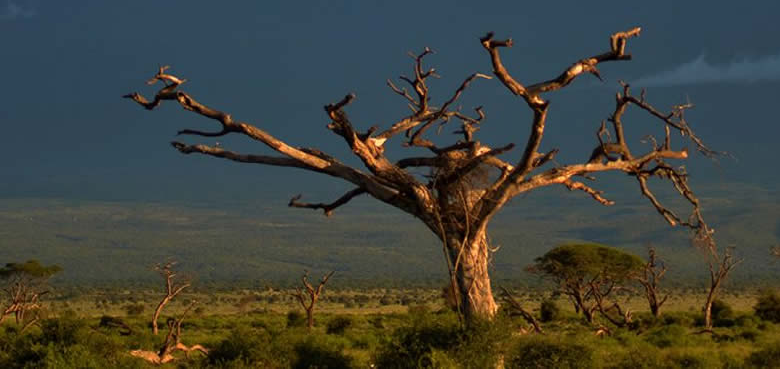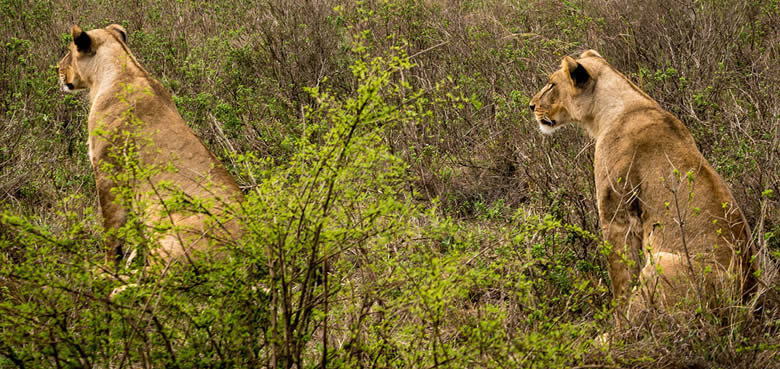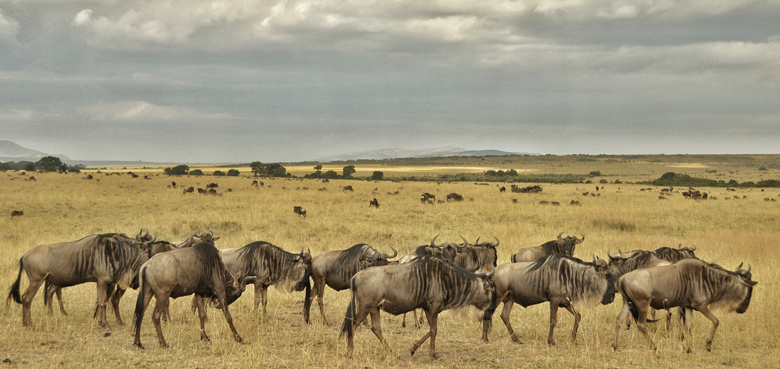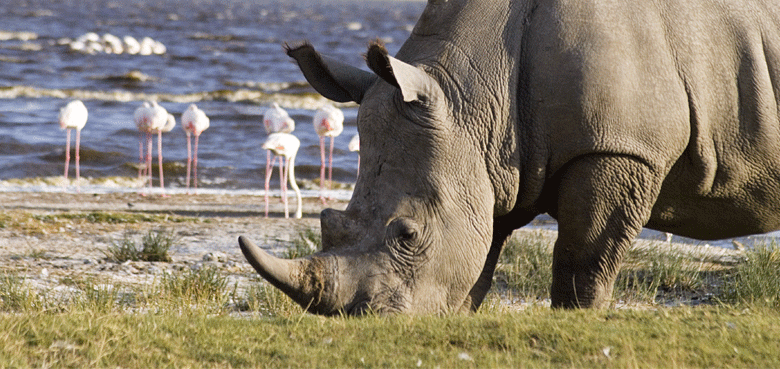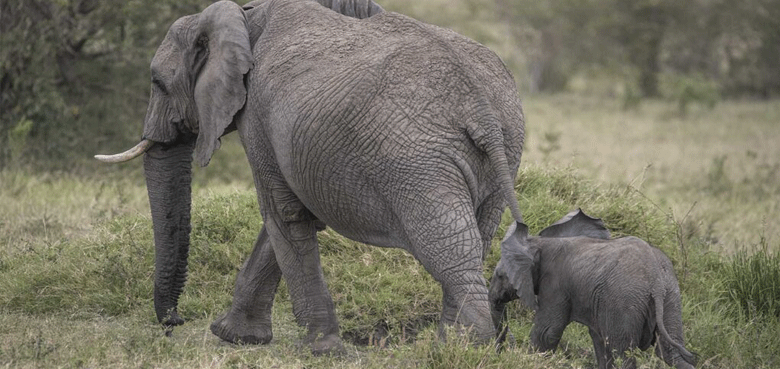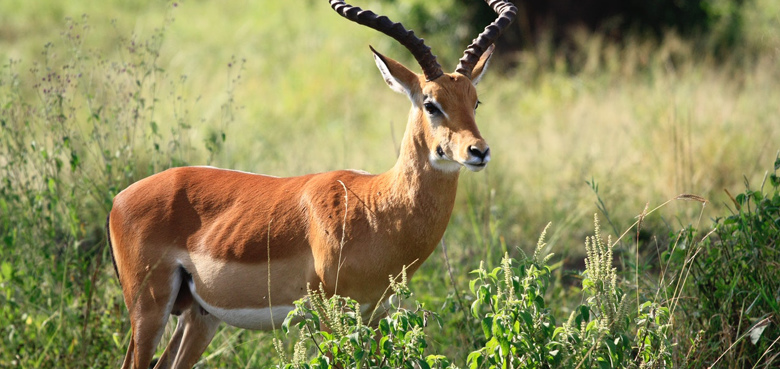Highest Peak: Mt Kenya - 5,199m
Kenya is an East African country known for its scenic landscapes and vast wildlife reserves. For many centuries, its Indian Ocean coast provided historically important ports through which goods from Arabian and Asian traders entered the continent. Along that coast, which has some of Africa's best beaches, are predominantly Muslim Swahili cities like Mombasa, a historic centre that has contributed significantly to the country's musical and culinary heritage. Inland, the populous highlands are famous for their tea plantations, which were an economic staple during the British colonial era, as well as their diverse animal species, which include lions, elephants, cheetahs, rhinoceroses, and hippopotamuses. Kenya's western provinces are forested, with lakes and rivers, while a small portion of the north is desert and semidesert. The country's diverse wildlife and scenic geography attract a large number of European and North American visitors, and tourism contributes significantly to Kenya's economy.
Physical Features of Kenya Kenya is bounded to the north by South Sudan and Ethiopia, to the east by Somalia and the Indian Ocean, to the south by Tanzania, and the west by Lake Victoria and Uganda. Kenya is divided into two distinct halves. While the eastern half slopes gently to the coral-backed seashore, the western half rises more abruptly through a series of hills and plateaus to the Eastern Rift Valley, known in Kenya as the Central Rift. West of the Rift is a westward-sloping plateau, the lowest part of which is occupied by Lake Victoria. Within this basic framework, Kenya is divided into the following geographic regions: the Lake Victoria basin, the Rift Valley and associated highlands, the eastern plateau forelands, the semiarid and arid areas of the north and south, and the coast.
Kenya's Climate The large-scale pressure systems of the western Indian Ocean and adjacent landmasses govern seasonal climatic changes. Northeast winds predominate north of the Equator from December to March, while south to southeast winds predominate south of it. These months are relatively dry, though rain may fall locally. The rainy season lasts from late March to May, with easterly winds blowing in both hemispheres.
Plant and Animal Life The characteristic landscape of the highlands between elevations of 7,000 and 9,000 feet (2,100 and 2,700 meters) consists of patches of evergreen forest separated by wide expanses of short grass. Where human encroachment has not occurred, the forest contains economically valuable trees such as cedar (Juniperus procera) and pod varieties. A bamboo zone extends above the forest to about 10,000 feet (3,000 meters), beyond which is mountain moorland with tree heaths, tree groundsel (a foundation timber of the genus Senecio), and giant lobelia (a widely distributed herbaceous plant). Forests give way to low trees scattered through an even cover of short grass east and west of the highlands.
People of Kenya The African peoples of Kenya, who constitute virtually the entire population, are divided into three language groups: Bantu, Nilo-Saharan, and Afro-Asiatic. Bantu is by far the largest, and its speakers are mainly concentrated in the southern third of the country. The Kikuyu, Kamba, Meru, and Nyika peoples occupy the fertile Central Rift highlands, while the Luhya and Gusii inhabit the Lake Victoria basin. Nilo-Saharan—represented by the languages of Kalenjin, Luo, Maasai, Samburu, and Turkana—is the next largest group. The rural Luo inhabit the lower parts of the western plateau, and the Kalenjin-speaking people occupy the higher parts of it. The Maasai are pastoral nomads in the southern region bordering Tanzania, and the related Samburu and Turkana pursue the same occupation in the arid northwest. In addition to the African population, Kenya is home to groups who immigrated there during British colonial rule. People from India and Pakistan began arriving in the 19th century, although many left after independence. A substantial number remain in urban areas such as Kisumu, Mombasa, and Nairobi, where they engage in various business activities. European Kenyans, mostly British in origin, are the remnant of the colonial population. The Swahili (mostly the products of marriages between Arabs and Africans) live along the coast. Arabs introduced Islam into Kenya when they entered the area from the Arabian Peninsula in about the 8th century CE. Although a wide variety of languages are spoken in Kenya, the lingua franca is Swahili.
Weather The long rainy season in Kenya lasts from April to mid-June, with the short rainy season in November and December. Our winter season lasts from June to October and is usually drier and cooler than the other months. At this time of year, temperatures range from 50F to 82F. Finally, from December to March, there is a dry season with hotter weather. During the dry season, days reach temperatures of around 86 degrees Fahrenheit.
